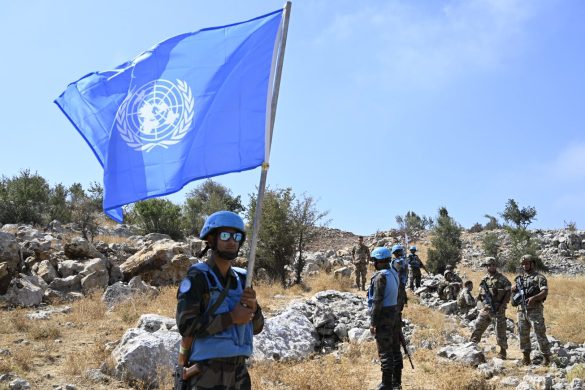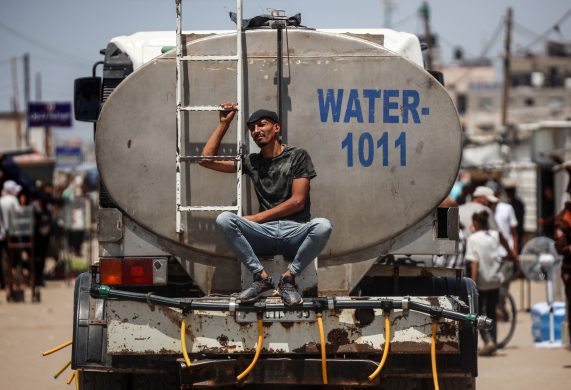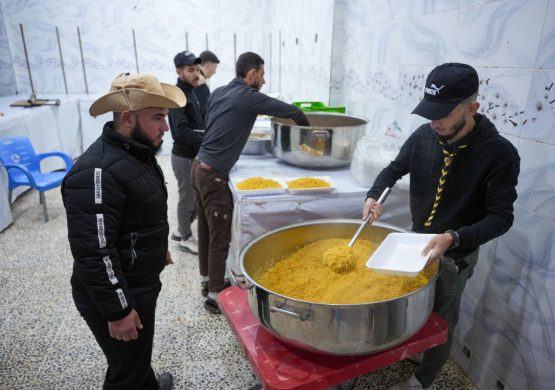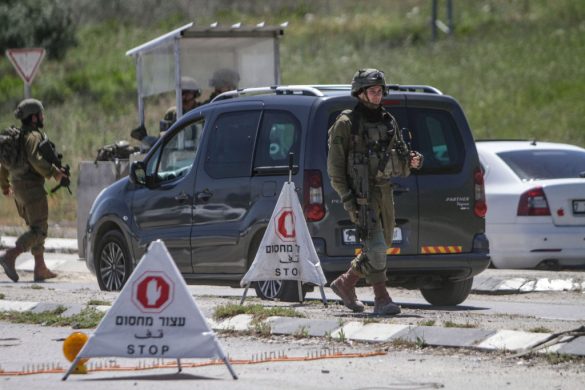Sporene af blod og ødelæggelse vil tilsyneladende ingen ende tage i det plagede mellemøstlige olieland – i juli oplevede Irak det højeste antal omkomne på en måned i to år: 325 blev dræbt og 697 såret.
Her et forsøg på at analysere det langstrakte drama og det uhyre sammensatte og svært gennemskuelige politiske miljø – og de religiøse modsætninger.
Analysens hovedpunkter:
* The main driver of violence in Iraq is polarized and dysfunctiona (ikke-fungerende)l politics
* Activities of Shia insurgent groups have died down since the US troop withdrawal
* Sunni insurgent groups are trying to regain territory and influence
* Developments in Syria and the regi-on could further destabilize Iraq
BAGHDAD, 1 August 2012 (IRIN): Assess-ments of security trends in Iraq vary wildly depending on who you speak to, how you count the statistics, and which period of time you study.
But one thing is clear: bomb blasts, targeted killings or improvised explosive devices are still a daily occurrence in Iraq.
Last week’s coordinated attacks – leaving more than 100 people dead – set a record for the highest number of deaths in a single day in more than two years, displaying the continued ability of insurgent groups to strike.
A double bombing in the capital Tuesday further heightened July’s death toll.
While the US and the Iraqi government insist that security gains have been made in recent years, UN and independent analysts characterize the situation as having stabilized at an unacceptably high level of violence, albeit (endskønt) now concentrated in more specific areas.
Since 2009, the average number of incidents per month has gradually decreased, but the number of casualties per incident has increased, leaving – overall – a slight decrease in the level of violence, according to UN statistics. (These statistics are based on open sources and cannot always be independently verified).
Others, however, say attacks are becoming less lethal (dødbringende) and more easily foiled (afværget) as weakened insurgents shift their goal from mass casualties to simply marking their presence.
Iraq Body Count, an independent tracking database, reports no drop in civilian casualties, with an average of about 4.000 killed per year since 2009.
The US troop pullout six months ago has taken the wind out of the sails of many armed groups, especially Shia groups, whose raison d’etre was opposing the occupation.
But it has also led to a rebalancing of power in which politicians, militias, “terrorists” and countries in the region are vying for influence.
“The main event in Iraq, which was postponed for many years due to the US presence, is the struggle among Iraqis to control the country,” argues Michael Knights, a fellow at the Washington Institute for Near East Policy, and author of several books on Iraq.
Analysts expect the struggle to continue bubbling along for some time to come.
Here are a few of the drivers of conflict in Iraq:
Dysfunctional parliament:
Læs videre på
http://www.irinnews.org/Report/95999/Briefing-Why-is-Iraq-still-so-dangerous














